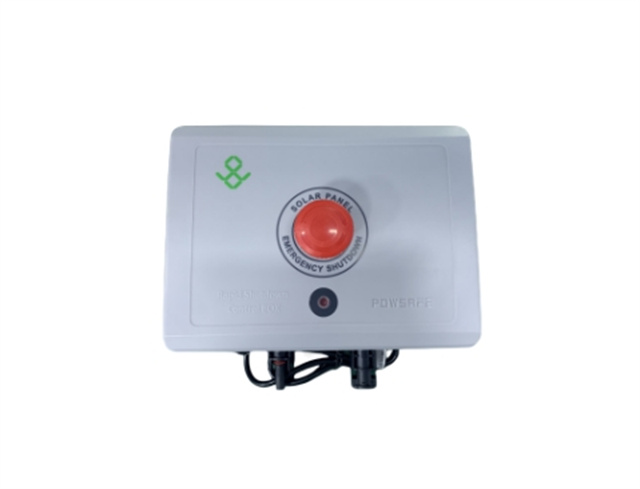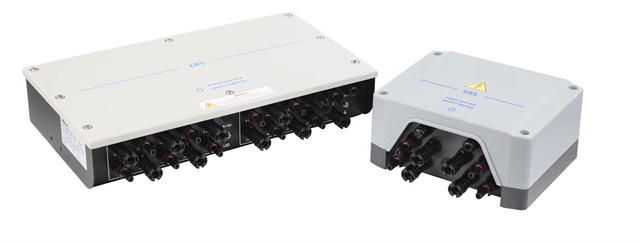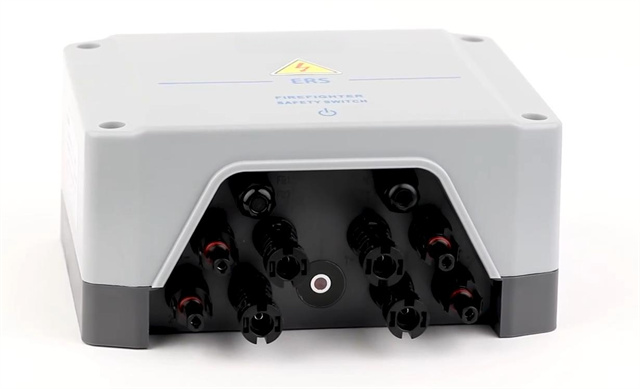Author:BLD Solar Energy SystemFROM:Solar System Converter Manufacturer TIME:2023-08-21
Introduction:
Tesla Rapid Shutdown Device (RSD) is a crucial component in the photovoltaic (PV) industry, ensuring the safety and functionality of solar power systems. This maintenance guide aims to provide an overview of the RSD and offer essential guidelines for its maintenance. By following these instructions, PV system owners and installers can ensure optimal performance and long-lasting functionality of their Tesla RSD.

The Tesla Rapid Shutdown Device is designed to meet the National Electrical Code (NEC) requirements for PV system safety. It ensures that the solar power system can be quickly and effectively shut down in case of emergencies, such as fires or electrocution risks. The RSD works by interrupting the flow of electricity from the PV system to the inverter, de-energizing the system and reducing the risk of electrical hazards.

To maintain the proper functionality of the Tesla RSD, regular inspection and testing are necessary. This ensures that all components are in good condition and functioning as intended. Inspections should be performed at least once a year, or more frequently if recommended by the manufacturer or local regulations.
During the inspection, visually inspect the RSD for any signs of damage, such as cracks, burn marks, or loose connections. Check the wiring and cables for wear and tear, and ensure they are securely fastened. If any damage or abnormalities are found, it is essential to promptly address and repair them to prevent potential hazards.
Additionally, periodic testing should be carried out to verify the proper operation of the RSD. This can involve manually triggering the shutdown mechanism to ensure that the PV system shuts down correctly. Consult the manufacturer's guidelines or an authorized technician for specific testing procedures.

To maintain the performance of the Tesla RSD, regular cleaning and maintenance are crucial. Keep the RSD free from dust, debris, and vegetation that may hinder its operation. Use a soft brush or cloth to gently clean the exterior surfaces and ensure that vents or openings are not obstructed.
Inspect the surrounding area for any potential hazards or obstructions that may compromise the functionality of the RSD. Trim any overgrown vegetation and remove any objects that may interfere with the operation of the device.
Furthermore, it is essential to keep records of all maintenance activities, including inspections, tests, and repairs. This documentation helps track the history of the RSD's maintenance and can assist in identifying patterns or issues that require further attention.
Conclusion:
Maintaining the Tesla Rapid Shutdown Device is crucial for the safe and efficient operation of PV systems. By understanding the device's functionality, conducting regular inspections and testing, and performing proper cleaning and maintenance, PV system owners and installers can ensure the longevity and reliability of the Tesla RSD. Adhering to these guidelines will help maximize safety and performance, enabling the continued growth and success of the solar power industry.
